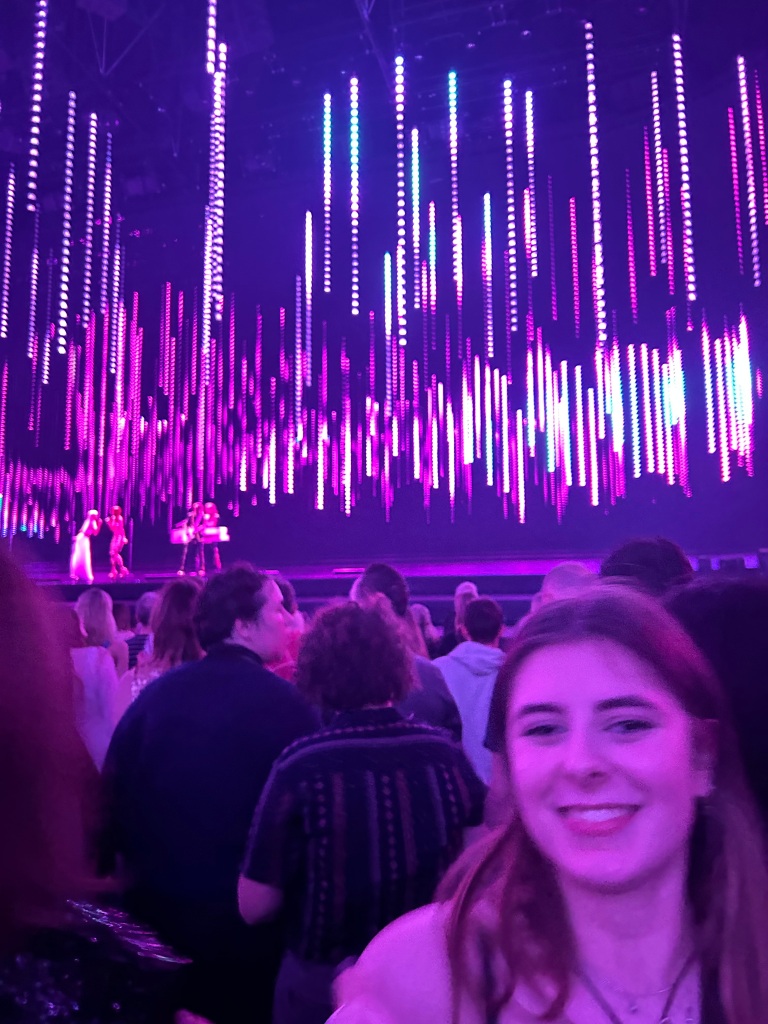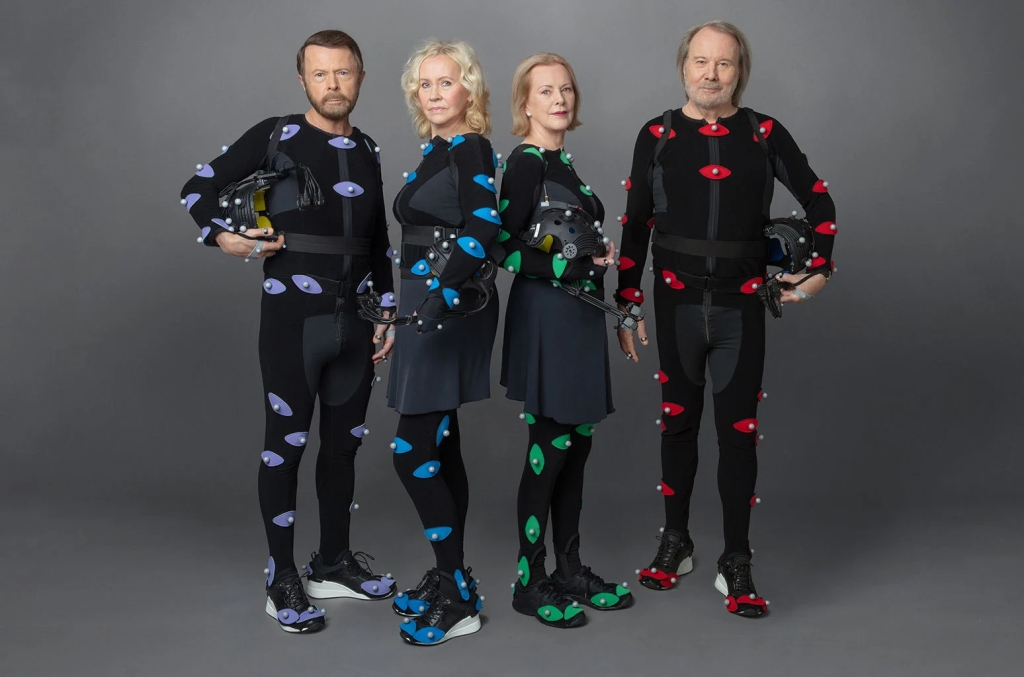
Source : Fast Company (2022)
Don’t we all reminisce the good ol’ days of watching our favourite musicians live? Or wishing you had seen them in their prime? The unforgettable atmosphere as the artist makes their first appearance on stage whilst the crowd roars, with the advance in technology, the rise of hologram concerts is here whether you like it or not!
Covid-19 outbreak tarnished practically every business and the music industry was no exception, where the repercussions are still being dealt with today. Yet it begs the question of if the music industry has fully recovered, specifically the live music experiences and the connection between musicians and fans.
Although 2020 hindered and disrupted our lives in depriving us from immersing ourselves in doing the things we love, going to live concerts, an art gallery, or seeing your favourite film in cinema. Society has now learnt to adapt, where the decline of social interaction came the rise of digitalisation. The music industry used technology as an opportunity to grow, creating new ways to revive the experience of live music and such exploring the metaverse with Virtual concerts.

Source : Travis Scott debuted his new track “Astronomical” in the online game Fortnite.(2020)
Musicians can interact digitally with fans to encourage greater engagement and a new form of experiences. Although it wasn’t the live music we had hoped for during the pandemic, this accelerated the movement of creating more ways in which artists began to interact with fans on a different level and change the live music experience in post-covid such as Digital Avatars and Holograms.
Holograms at Concerts have been in the mix for quite some time now, with the likes of Gorillaz’s Grammy performance with Madonna and Hatsune Miku.
But it wasn’t until April 2012 at Coachella Festival in California, a hologram resurrection of one the top-selling hip-hop artists to date, Tupac Shakur created by Digital Domain, .the resurrected hologram of Tupac, noting to the old century illusion of Pepper’s ghost in theatres, left the audience in awe as the lifelike Tupac made up from pre-existing recording and the three dimensional picture of him took the stage with rappers Snoop Dogg and Dr. Dre.

Source: April 15: Snoop Dogg and a hologram of Tupac Shakur perform onstage during the 2012 Coachella Valley Music & Arts Festival in Indio, California. (Billboard 2012)
Tupac’s reappearance on stage sparked rumors and discussion online as to what was next and the future of live media and the immortality of musicians through holograms.
These technical developments have the potential to produce lifelike artificial intelligence (AI) and synthetic holographic representations of deceased artists, enabling them to keep producing, influencing, and performing for audiences in the future. Holograms of departed artists enhance their music as timeless, giving them immorality on stage and making the “what ifs” seem more plausible.
Due to the downfall of certain departed musicians, including Amy Winehouse, it didn’t garner as much expectation as many had initially expected , where by using dead artists for profit is wrong and tarnishes their legacy and using them as puppets is disrespectful. However, many at the time believed it was a breakthrough and answer in incorporating both the digital and real world to create a deeper connection with audiences and fans.
Nevertheless, post pandemic, the high demand of live music has cultivated a new and improved 3D digital avatar, developing a more authentic experience. A prosperous example of the breakthrough in technology can be seen through the ABBA VOYAGE immersive concert.


Source : ABBA Voyage ( 2023)
Although many people have now become accustomed towards social distancing, the prospect of being squished in a sweaty crowd can either be thrilling or daunting, No one would have guessed that 40 years after their prime, in May 2022, the world sensation, ABBA, would back on tour. But this time with a twist … none of the musicians are actually performing. The VOYAGE incorporates 3D digital avatars of the band members in their prime, to perform like they did back in the 70s. Seeing the latest advances to their musical immorality – this incredible technology will dazzle spectators and captivate the younger generation. Holographic lookalikes have been constructed with the aid of George Lucas’ Industrial Light and Magic where the motion captured movement and pre-recorded vocals of Benny, Björn, Frida and Agnetha. ABBA Voyages idea of making their avatars frozen in time, capturing their glory days of them in their thirties. This poses an intriguing paradox between ABBA human morality and their new metaverse immortality. Although the audience is mesmerised by the fusion of futuristic 70s nostalgia, ABBA doesn’t simply make it about everyone reuniting and singing their songs. Instead, the concert aims to take their fans on a journey by building an immersive word of storytelling through animations, music and dance. After nearly a year of ABBA’s Voyage is paving the way for a new appreciation of different live music, despite the controversy of ‘mind-less’ avatars replacing legendary superstars.

Source : ABBA are back with new album and “revolutionary” live experience, ‘ABBA: VOYAGE’. CREDIT: Baillie Walsh.(2021)
Society’s adaptation to advancing technology has changed the music world as we used to know it. Legendary musicians that carved the way for many artists today, are now able to viewed again in their prime as if they never left! This new generation of digitalisation means we are constantly surrounded and reliant on technology, soon creating the blurred lines between digitisation and reality – Is this worth fussing over and what is next?
